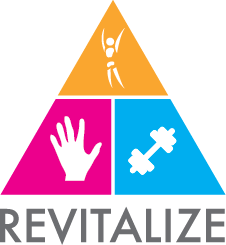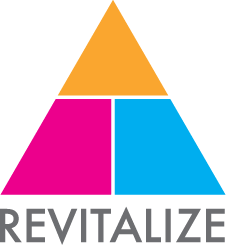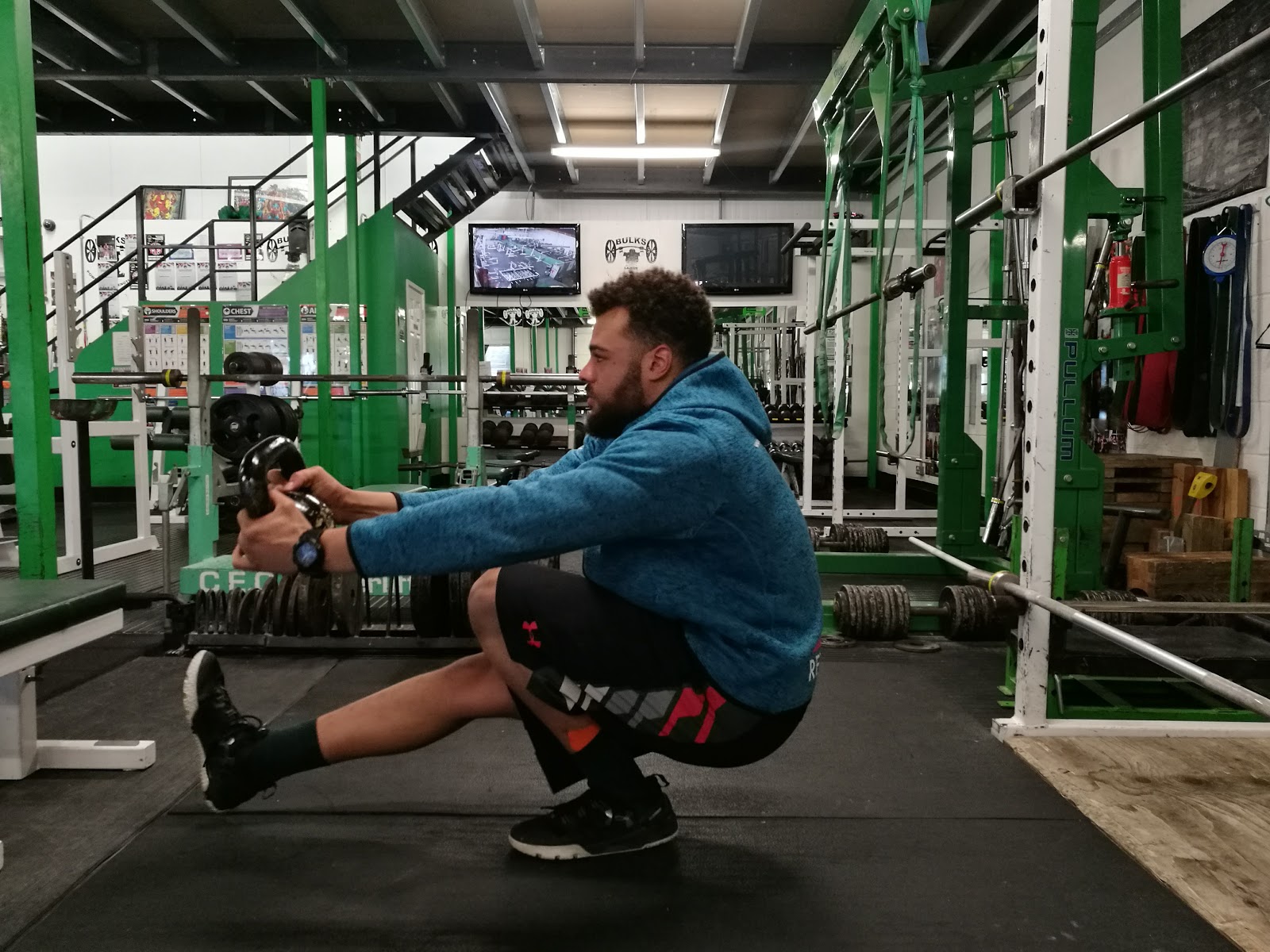
How to become an indestructible powerlifter
Hey guys, for those who don’t know, my name is Elliott Reid and I am the owner and Osteopath at the Revitalize Clinic where we have helped over 6500 become pain free, mentally well and physically fit.
I am very fortunate to have been asked to write a guest blog for powerlifter, Charlotte @charmacpt to advise you as to how you can remain strong and injury free. So without further adieu, let’s get to work.
Main causes of injuries in powerlifters
Powerlifting is like a drag race. It is an intense discharge of energy. We want some areas to move (the hips, shoulders, knees, elbows etc) and others to stay ridgid (ie the core). This is to make sure that as much force as possible is going directly through our applicators (hands and feet). Too much wobble and force is lost. Too much force in the wrong area and injuries occur. Therefore what makes us stronger also reduces our likelihood of injury. Performance and injury prevention are intricately linked, so the advice here applies to reduce your likelihood of injury and improve your strength
The main causes of injury in powerlifting are inadequate foundations for health, poorly programmed training and a lack of focus on the “weak links” such as the shoulders, hips and core. So let’s address all of the above
Lifestyle indicators for increased chance of injury
Poor rest, excessive inflammation in the body and inadequate tissue repair. For many people these break down into a lot of “shoulds”, ie “I should get off my phone before bed… I should eat more veggies”. The unavoidable fact is that sleep deprivation, inadequate anti-inflammatory foods and inadequate fuel for training all lead to increased likelihood of injury because they sap our ability to recover and increase our likelihood of mistakes during training.
Luckily for you, I have created easy to follow advice for the following
How to improve sleep
- Switch tech to “night mode” after 6pm and remove tech completely 30mins before bed. This prevents your brain becoming stimulated by the light which screens emit, so you can wind down.
- Ensure your room is dark and cool. This deepens sleep. Your body wants you to be cool when sleeping.
- Stop drinking caffeine as early as possible in the day. If you take pre-workouts in the evening, this may hamper your training long term due to sleep deprivation.
- Take ZMA or Kalms before sleeping. This improves sleep depth
- Consume most of your carbs before bed (this will not significantly increase fat retention if calories are controlled). More carbs before bed deepens our sleep.
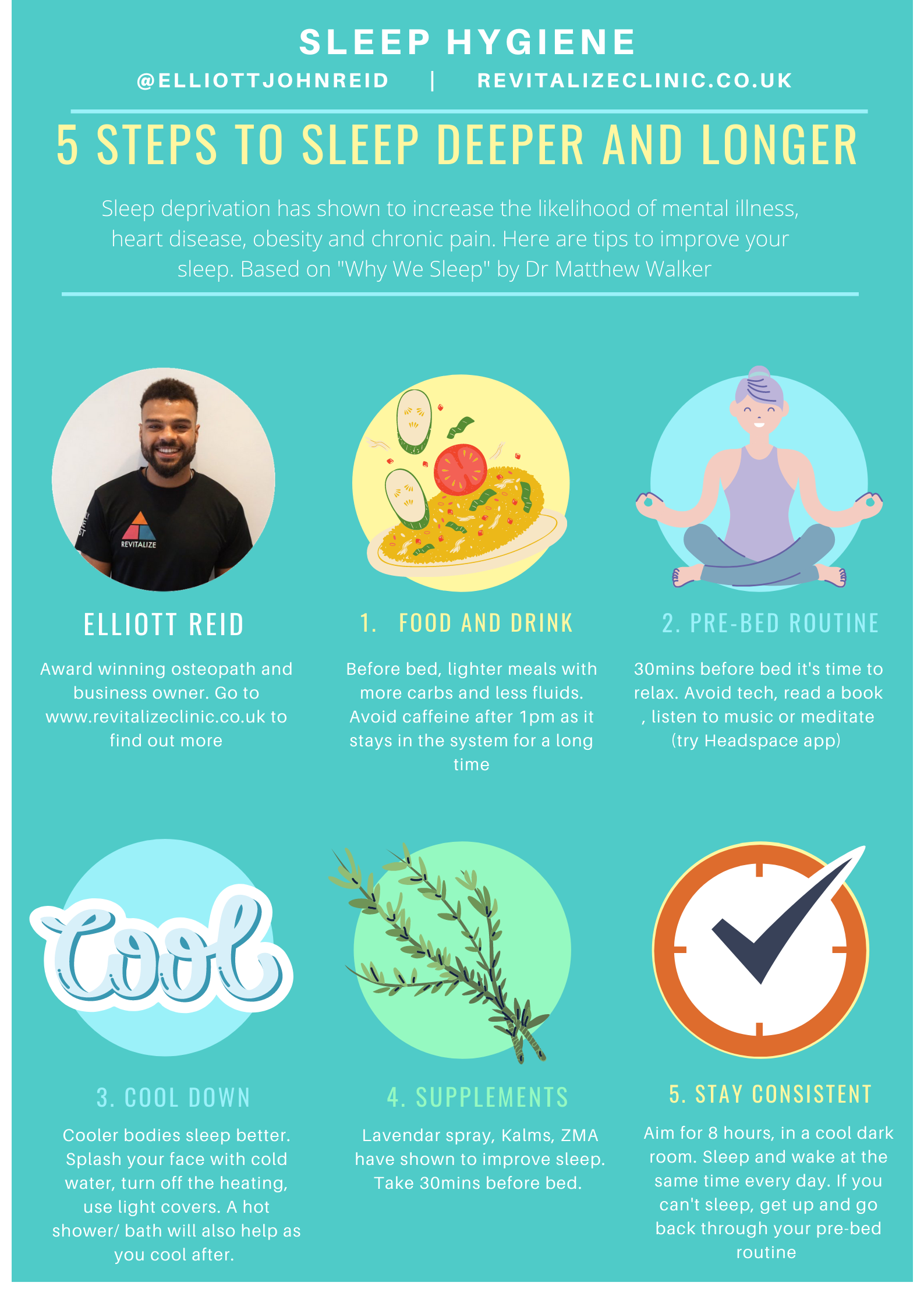
Powerful anti-inflammatory foods
Most of you will probably be consuming a high protein diet. These foods most likely come from animal sources which can increase the amount of inflammation in our bodies. To buffer this we can reduce the consumption of animal protein / increase consumption of antioxidant rich food / both.
- Consume more protein from plants (beans, legumes etc)
- Consume more antioxidant rich foods. You will notice these come in berry form, are bright greens or deep reds. Have a side of these with every meal OR incorporate them into your meal. I.e. berries on pancakes, spinach in your shake, a side of chunky salad for your main etc.
- Strawberries, goji berries, raspberries, blueberries etc
- Kale, cabbage, spinach
- Beetroot, red cabbage
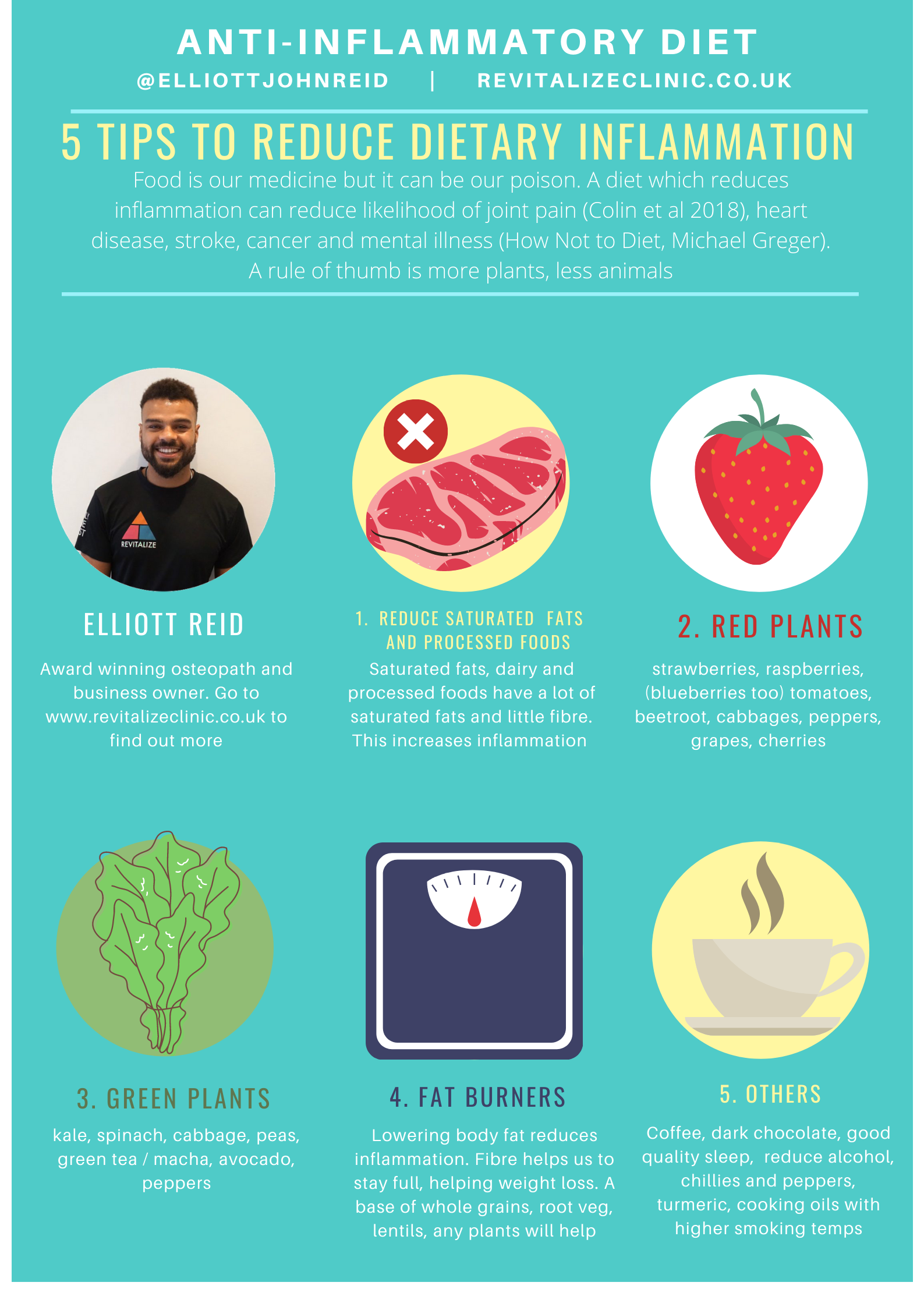
Nutrition during your workout
An easy to follow rule of thumb here is, for each hour of training consume the following concoction: 500ml water, 30g carbohydrates (ie maltodextrin) and 5g protein (ie BCAAs). This can reduce the accumulation of cortisol because it convinces your body that it has adequate fuel to continue. Have a recovery shake right after training if you can.
Training programme to reduce injuries
A training programme that doesn’t promote adaptability and is too narrow in its goal set will overload certain tissues leading to injury. Mistakes happen. Your bar path is never going to be spot on every time, so we want to make sure your programme helps you to adapt to various forms of load. Yes, you may start every training session with one of the big three lifts, but we need more metabolic stress and greater ranges of motion to balance you as an athlete and reduce your likelihood of injury.
Cycle your rep ranges / intensity
531 by Jim Wendler is a great example of this. Each week has a strength goal for that rep range. This means that the balance between volume and intensity is varied. Volume and intensity both drive strength, but varying them means that different tissue (muscular and neurological) shares the load, reducing injuries.
Cycle your load
The conjugate method is a great example of this, where Louis Simmons will slightly change equipment, bar size, strength curves etc to reduce the load on any one part of his athletes body. Vary the load and vary the tissue
Increase your metabolic load
This is your assistance work. Make sure you’re hitting large ranges of motion with adequate weight. 3 x 10 per exercise, performed at a 7/10 level of intensity is good. You should also monitor rest, keeping it to no more than 2 mins between each set of assistance work.
Assistance for squats for example might be front squats, leg press, lunges, box pistols, quad work all taking no longer than 45mins to complete.
Strengthening your weak spots
From my professional experience, by strengthening the weaker spots that are more likely to become injured, we can greatly reduce the likelihood of injuries.
Most powerlifters will suffer from strains and tears to the tissue around the shoulders, back, knees and hips. This can be due to these areas being too tight or too weak. Below I have provided my favourite exercises to tackle the mentioned areas.
Shoulders
Powerlifters often come to the clinic with very painful shoulder injuries which are preventing them from lifting. Below I have selected my favourite exercises which strengthen the biceps tendon and other rotator cuff muscles. These can be loaded as much as you can handle. You can do them lightly for a warm up before you train and as conditioning exercises after you finish.
Dead Pull Ups (aggressive rotator cuff strengthening exercise)
Anterior rotator cuff exercises
Negative / Eccentric Shoulder Raises (aggressive rotator cuff strengthening)
Hips
The hips, like the shoulders, are prime movers and stabilisers. They can fix our position and move us simultaneously. I want to show you some exercises which are going to hit your stabilisers and prime movers in a way which will also lengthen them. This improves mobility and strength, both of which prevent injury. The reverse hyper was famously used by Lois Simmons to rehabilitate a spinal fracture.
Reverse Nordics (quads, hip flexors)
Reverse Hyper Extensions (off a box)
The Clam Exercise (basic to advanced)
Spine
The spine encounters huge forces whilst lifting weights which is great because the spine strengthens under load. Research is showing us that those who lift weights on a regular basis have stronger vertebrae and intervertebral discs. So we don’t necessarily need to load the spine more than it already is during training. Afterall, the spine is loaded during every single lift. However we can load greater ranges of motion. The spine is neutral for most of the time when powerlifting. But by exploring greater ranges of motion, we can make sure the spine is prepared for mishaps. Try the below exercises
J Curl and Take a Bow | spinal mobility
Scaled Leg Raise and Dragon Flag (Bruce Lee Exercise)
Cobra to Plank (spinal mobility and abdominal conditioning)
To conclude
I love powerlifting. I have competed in a deadlift competition and loved the energy of the crowd and the achievement of hitting a big lift. I successfully dieted to 81kg and dead lifted 260kg using the tips I’m sharing with you here. Like many things we love, we need to create a foundation to support it. I hope my tips help you do just that
If you need any help please don’t hesitate to contact me via the www.revitalizeclinic.co.uk website. You can book free consultations and more. Keep in touch!
Interested in becoming more mobile or pain free?
Award winning Revitalize Clinic, gets patients pain free in record time using proven methods of pain science
Book your FREE consultation or start treatment straight away, at the clinic, online or via home visit. Gravesend based Osteopaths, Physiotherapists and Sports therapists will have you pain free faster.
You will be Pain Free Faster with us
In your first appointment, a thorough diagnosis will tell you the cause of your pain. You’ll know step by step how we plan to get you pain free. Using treatment, self treatment and lifestyle advice that puts you in control.
We Have your Back
Imagine having professional help at the click of a button, wherever you go. Flare ups can happen between appointments. Your practitioner will be at the end of a phone, email or text throughout the process. It’s horrible having to wait for advice. We understand the panic. That’s why we’re available at all times
Video Guided Plans
You’re in control of your pain and your progression between every appointment. Your video guided mobilisation and strengthening plan will make sure that not only will your pain reduce during the appointment, but at home as well.
Find out more at www.revitalizeclinic.co.uk/osteopathy
